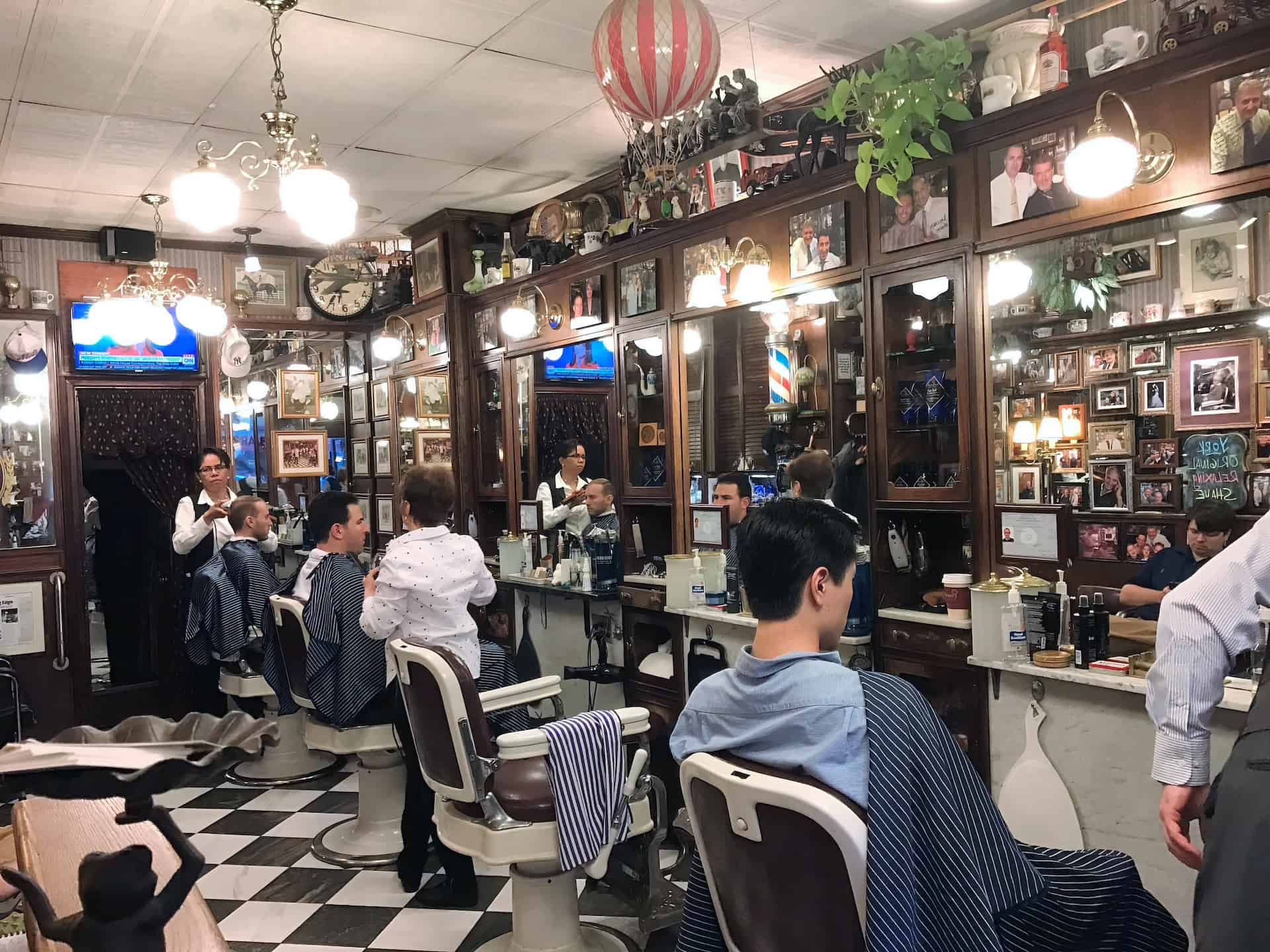Crucial Cleanliness Practices Each Barber Needs to Master to Promote Patron Confidence
Wiki Article
Sanitation is a essential component of managing a successful grooming establishment. As experts, stylists are responsible for preserving a clean workplace to ensure the protection and health of their patrons. This duty goes outside of simply sweeping the surface or wiping down areas. It involves understanding and implementing key sanitation practices that safeguard both the barber and their customers from potential hazards. From proper hand-cleaning practices to the safe handling of instruments, learning these practices is vital for every hair professional.

One of the most important cleanliness procedures is effective hand care. Barbers should sanitize their palms properly with antibacterial soap and running water prior to and following all customer. This does more than eliminate dirt and microbes but also prevents the transmission of infections. In cases where soap-and-water washing stations are not accessible, alcohol-based disinfectants can be applied as an substitute. It is essential to care for areas such as beneath the fingernails and between fingers, as these areas can harbor microorganisms. Regularly educating staff about the significance of hand cleanliness can significantly promote a cleaner workspace.
In addition to proper hand care, proper sanitizing and decontaminating of tools are essential in a grooming establishment setting. Each implements, including hair clippers, scissors, and brushes, should be sanitized after every use with antibacterial soap and clean water, followed by disinfection using approved solutions. Sanitizing agents should be EPA-registered for efficacy against pathogens and microorganisms. It is also important to keep tools in a sanitary condition, ensuring they do not touch infected spaces. By diligently sanitizing and decontaminating tools, barbers can avoid transfer of bacteria and keep their customers healthy from diseases.
Another key procedure consists of upholding sanitation throughout the barbershop facility. This covers daily cleaning practices for all areas such as seats, counters, and lobby spaces. Ground surfaces should be swept frequently, and liquid accidents should be removed immediately this hyperlink to avoid hazards. Disposal containers must be emptied frequently to prevent bad smells and rodent problems. Guaranteeing that the shop is well-ventilated helps maintain air quality, providing a more pleasant atmosphere for customers. A well-kept shop not only supports well-being but also improves the overall reputation of the establishment.
Finally, barbers should stay informed about public health rules and protocols from regional agencies regarding cleaning protocols. Joining training sessions can enable barbers to keep up-to-date on current best practices in sanitation. Having knowledge about infectious risks and how to manage urgent incidents can further improve patron well-being. Fostering an culture that prioritizes hygiene standards demonstrates professionalism and builds trust with clients who wish to return for future barbershop beard trimming services.
Mastering essential hygiene standards is vital for each grooming professional who seeks to deliver a healthy environment for their clients. By emphasizing proper hand hygiene, thorough sanitizing of equipment, upholding shop hygiene, and remaining updated on safety guidelines, barbers can greatly reduce health risks in their shops. In the end, these measures not only safeguard clients but also contribute to a barber's professional success. A devotion to hygiene shows a commitment to high standards that customers will appreciate and recall.